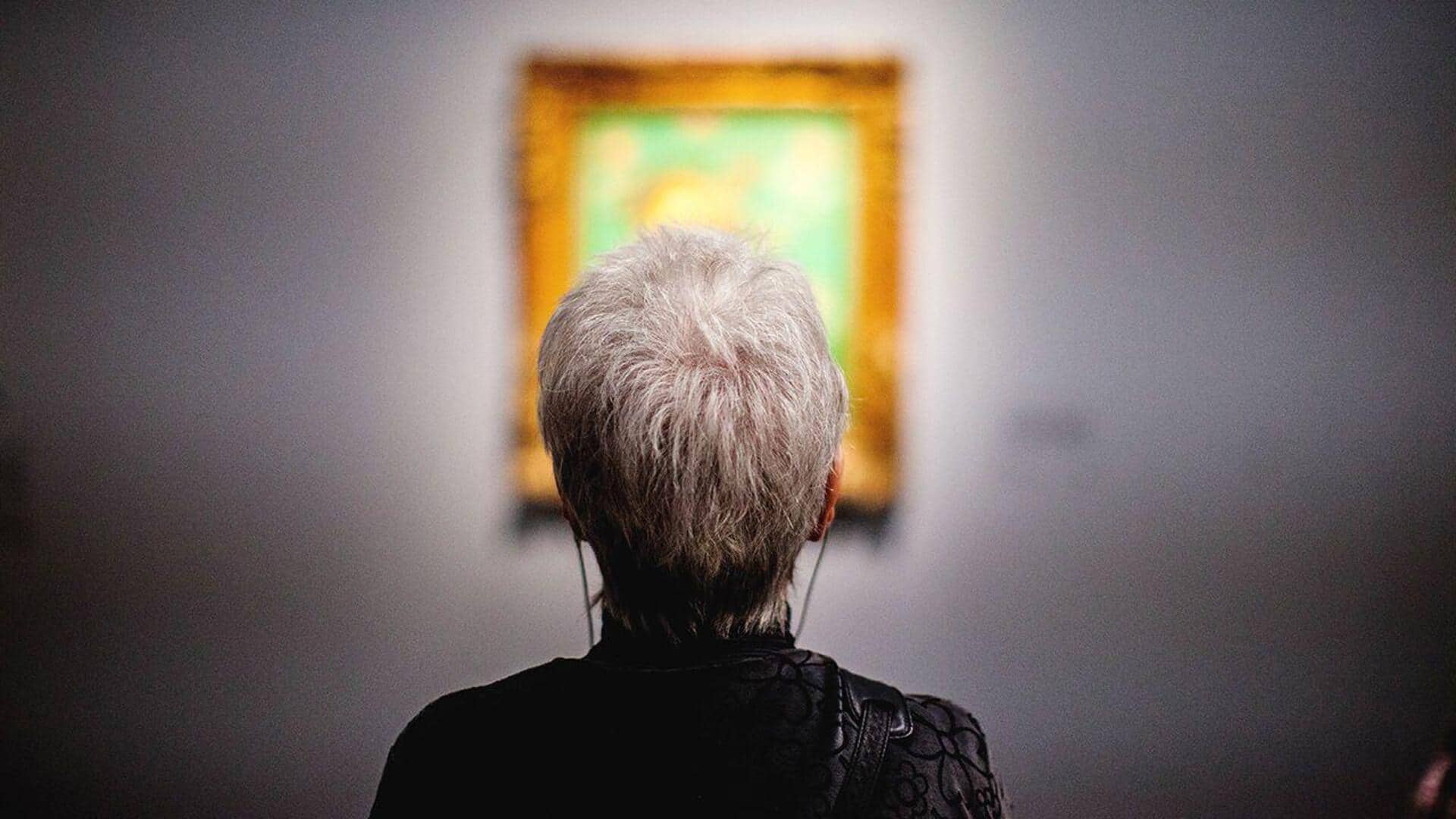
Memorable images can distort our sense of time
What's the story
Professor Martin Wiener recently led a study, that discovered the memorability of an image can affect our perception of time. Published in Nature Human Behaviour, the research found that viewers perceive memorable images as staying on screen longer. Wiener's research aimed to understand why some images are remembered better than others, a question that has intrigued cognitive and computer scientists, especially in relation to machine learning and artificial intelligence (AI).
Experiment details
Connection between memory and time perception
Wiener's team conducted several experiments to examine how image size, memorability, and clutter affect our sense of time while viewing them. They used a database developed by MIT researchers to score images based on their memorability. Wiener stated that this approach allowed them to explore a strong connection between memory and time perception that hadn't been thoroughly investigated before. The research also investigated whether image memorability impacted recall, with participants asked 24 hours after viewing if they remembered the images.
AI validation
AI model confirms memorable images enhance recall
The results showed that participants were likely to remember the more memorable images, and if they reported seeing a picture for a longer time period, they were also likely to remember it the next day. To validate their findings, the team used an AI model of the visual system in a similar test. The model reported seeing more memorable images for a longer period of time, and made this response faster, suggesting a mechanism for how brain processes these images.
Halt
Time 'slows' down in these situations
Wiener discussed situations where time seems to slow down. He explained that these are usually high arousal situations that are frightening or intense. Time also slows down in monotonous situations like waiting on hold or being stuck in traffic. Despite the complexities of studying time perception, Wiener finds the topic fascinating due to its fundamental role in our lives, and the many unanswered questions about how the brain perceives and measures it.